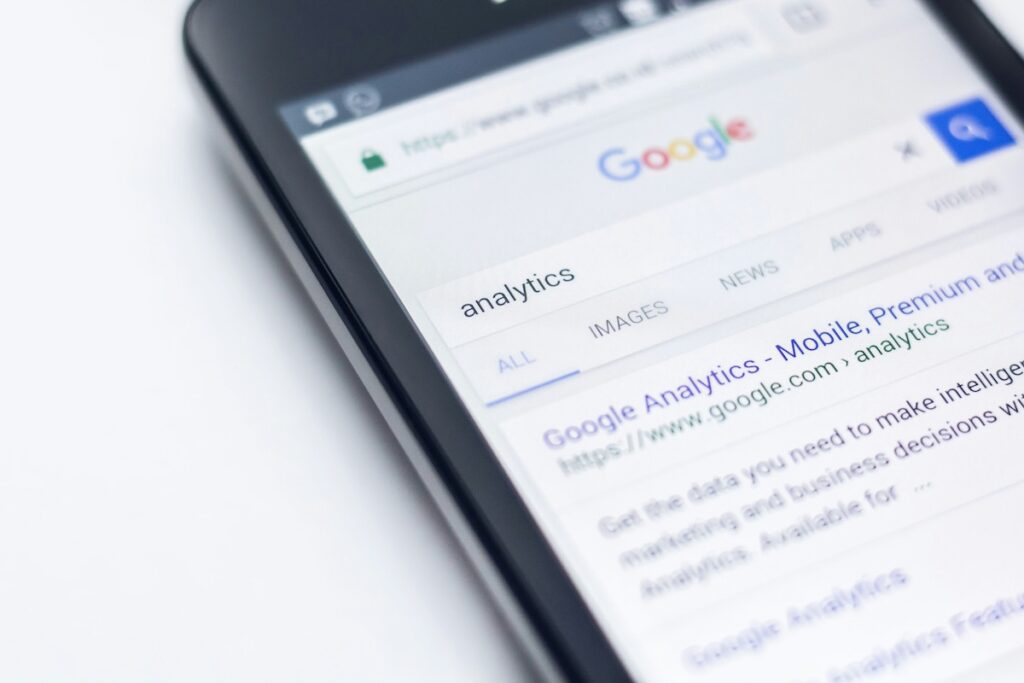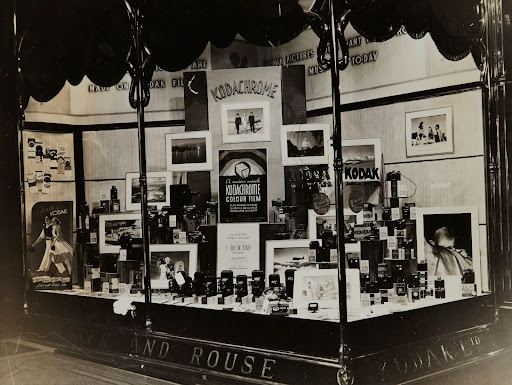Marketing is one of the strongest forces in commerce.
It evolved over the centuries from trading and barter systems, to “mass marketing” techniques that in our lifetime influence millions through television. And now, we’ve seen the internet give sellers access to a 24/7, always-on, worldwide audience. And in the present moment, artificial intelligence is again revolutionizing the businesses of marketing and sales.
In this article, we give our take on the evolution of marketing as a business practice and the most important techniques for today.
Table of Contents:
- The Dawn of Marketing
- The Midpoint of Marketing Evolution
- Modern-Day Digital Marketing
- Learning from the Past
- Emerging Trends
- The Constant in Human Behavior
- Final Wrap-up of Marketing
The Dawn of Marketing

Marketing history goes all the back to ancient societies, with trading and early advertising techniques setting the pace for modern practices.
Business communications, especially documentation, were first initiated by merchants in Mesopotamia who used clay tablets.
Fast forward to ancient Egypt. Hieroglyphics were used for public announcements.
And humans didn’t stop there…
Greeks and Romans made announcements in public forums to inform the people about events and services—and to create interest and desire for “products.”
These early marketing efforts had clear objectives. They:
- Enabled the exchange of goods and services
- Informed customers about products
- Described ways that products differ
- Helped to expand markets
These fundamental aspects of marketing have not changed through the centuries.
The Midpoint of Marketing Evolution
The 15th century could be considered a significant turning point, given the invention of Gutenberg’s printing press.
Through the distribution of printed material tactics like posters, pamphlets, and newspapers, marketing gained a new technological edge.
Now, here’s why this was such a huge milestone:
It made it possible for businesses of any size to reach larger audiences than they ever had before. This clearly laid the groundwork for modern forms of advertising.
Print media advertising was well on its way by the 1500s, and by 1600 more than two hundred news publications were being published in Europe alone.
Then, in the 18th and 19th centuries, a new revolution in the industry changed marketing completely…
Print advertisements hit newspapers, and catalogs were born!
By 1900, American businesses were spending almost $100 million on advertising every year.
Additionally, the U.S. boasted 600 advertising agencies by the beginning of the twentieth century, indicating a marked trend toward more aggressive advertising.
This was then followed by the emergence of broadcast media during the 20th century. Radio and television became accessible to the general public. Commercials began airing on TV screens in the 1940s, which led to an uptick in consumer spending as marketing got intertwined with popular TV shows.
In addition, companies began creating characters around their products, helping them stand out more and creating compelling brand narratives (i.e., Tony the Tiger (Frosted Flakes), the Marlboro Man (Marlboro Cigarettes)).
TV advertising revenues in the United States first crossed $1 billion in the 1950s, which proved how much television had changed marketing. This led to the science of branding as a key marketing tactic and made TV communication an integral part of many organizations’ strategies. Smaller companies opted for radio and billboard advertising, less expensive ways to reach their customers.
Modern-Day Digital Marketing
The period beginning at the end of the 20th century and continuing into the 21st has been termed the “Digital Age,” and it has brought more massive changes to marketing.

The advent of the internet introduced the ability to market through websites, banners, and emails. As of 2024, there are about 5.44 billion internet users around the world (a vast audience for digital advertising campaigns). Facebook alone boasts over 2.9 billion monthly active users. This makes it a key platform for businesses (including yours) seeking to reach a broad audience.
Business owners are now taking advantage of mediums like social media, email, and SEO to spread their marketing message wider.
Even more, the speed at which businesses can market today and get new customers is unprecedented. Whether it’s using paid search and social media ads or posting content, it’s never been easier to put your brand in front of the right audience.
In modern marketing, tools such as CRMs, social media posting software, and revenue tracking applications make it easy to stay organized as you grow. It’s easier than ever to track your numbers and choose marketing strategies with precision.
Emerging Trends
Here, at the end of 2024, it’s clear that artificial intelligence (AI) is ushering in the next massive wave of innovation in business marketing. It’s also clear that it’s here to stay. Many companies are taking advantage of the AI revolution by investing in tools that streamline their marketing process.
Some examples include:
- Tools like Chat-GPT to come up with ad copy for digital ads
- Prompt-based AI image generators for marketing content
- Chatbots & virtual assistants on websites
- Predictive analytics using CRMs
It’s reported that AI could contribute $16 trillion to the global economy by 2030.
Augmented and virtual reality (AR & VR) are another fast-emerging trend in marketing’s evolution. This form of intelligence allows customers to interact with products before they purchase them, almost guaranteeing a better customer experience. Customers can worry less about being wrong about their purchase decisions.
The AR & VR market is predicted to nearly double between 2024 and 2028.
The Constant in Human Behavior
Although marketing continues to change at a rapid rate, human nature doesn’t.
We humans are still motivated by the same drives and fears that drove us hundreds of years ago. Technology simply makes our tasks more efficient.
Companies that calm customers’ fears by helping them meet their objectives most efficiently will thrive in the next marketing revolution. When looking at your company’s future, this is a crucial factor to consider.
Marketing is simply communicating a message to many people. Successful marketing is having them receive it and then take action. Despite the advancement in marketing tools, the fundamentals are still as important as ever.
Your ideal customers crave value, trust, and a product or service that will solve a problem for them.
Today, the main problem for many businesses is the lack of structure behind how we communicate our value proposition.
The truth is this:
Your marketing communication MUST appeal to your ideal client because if it doesn’t, they’ll take their business where it does!
Fortunately, here at The Allyson Group, we specialize in content planning, writing, creation, and marketing. That means we are equipped to help position your product and services as a strong, go-to solution in your industry. Want a better shot at competing in this ever-evolving business landscape? Schedule a call with us today.












